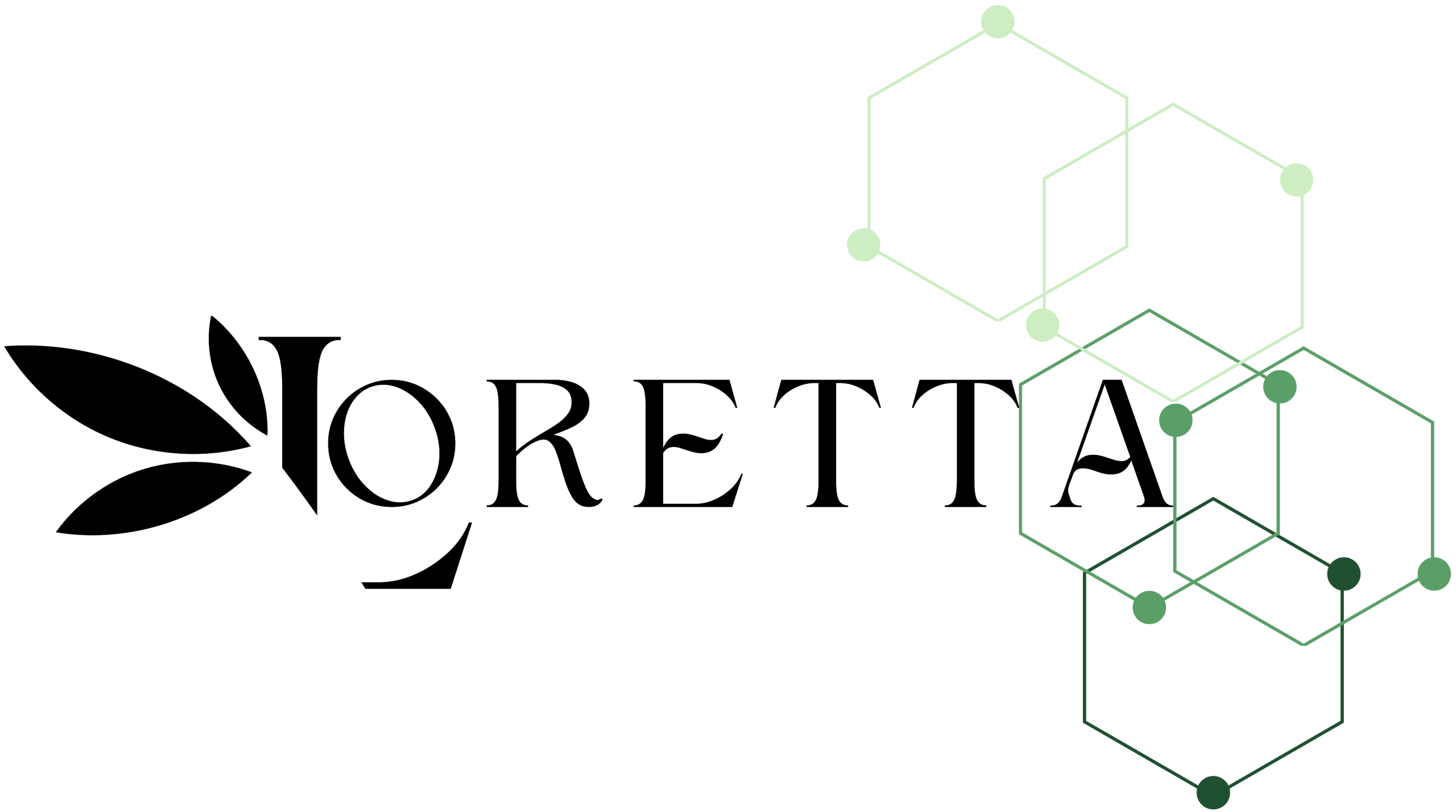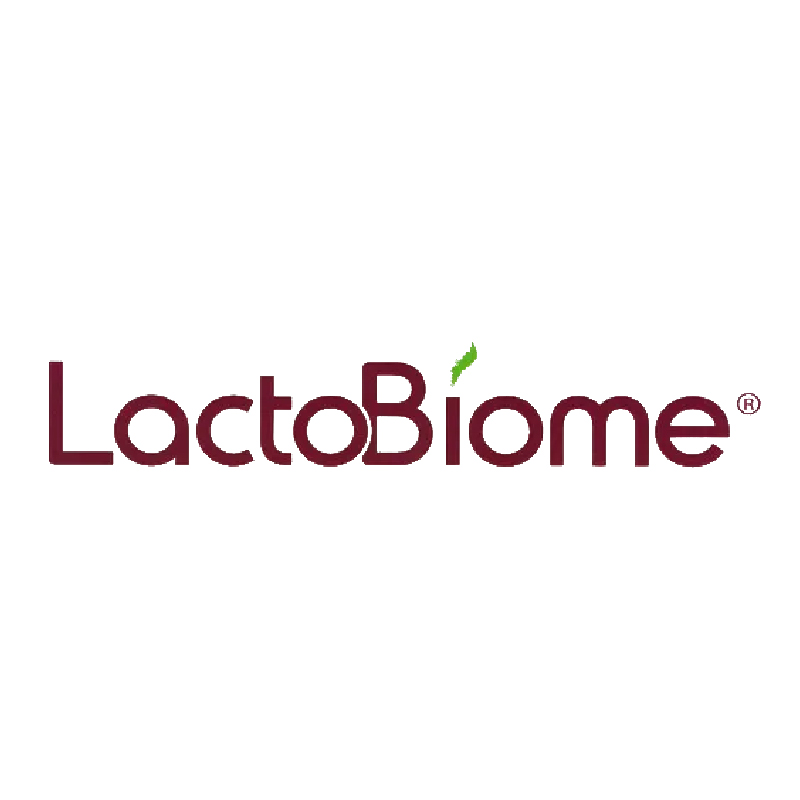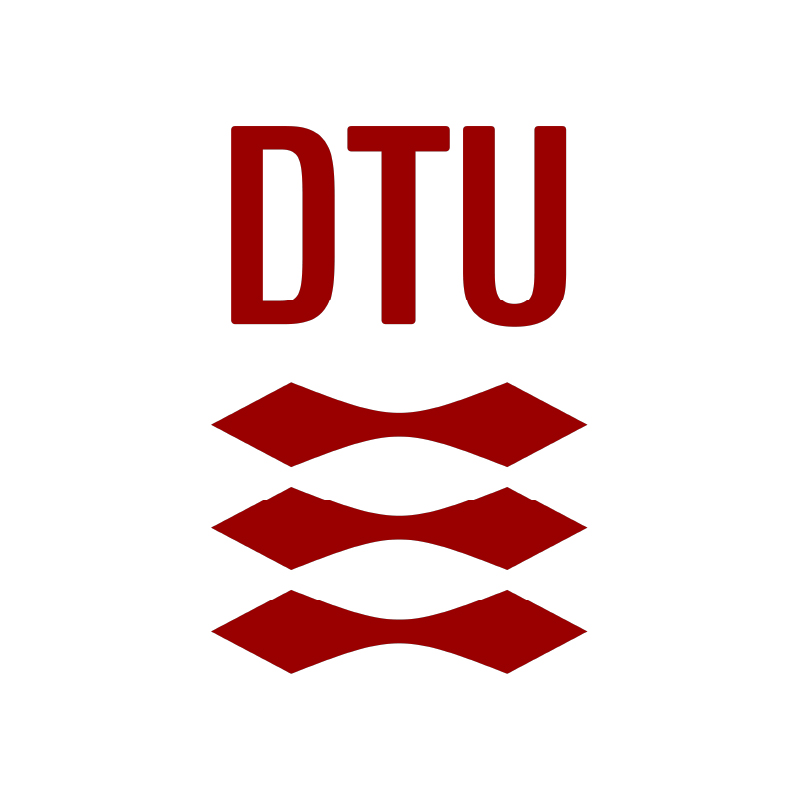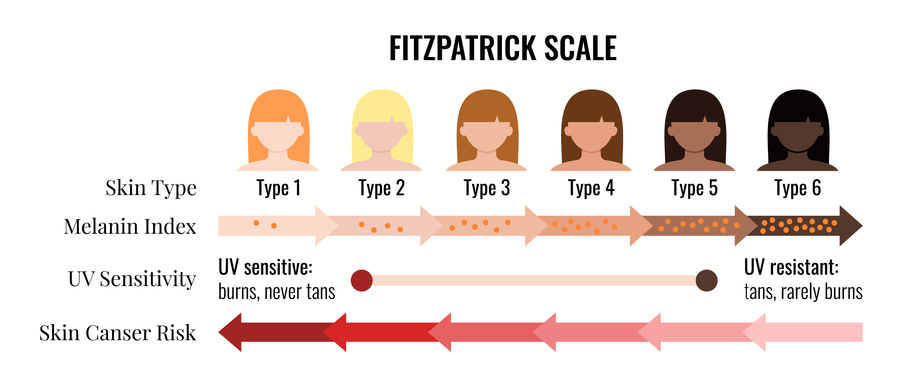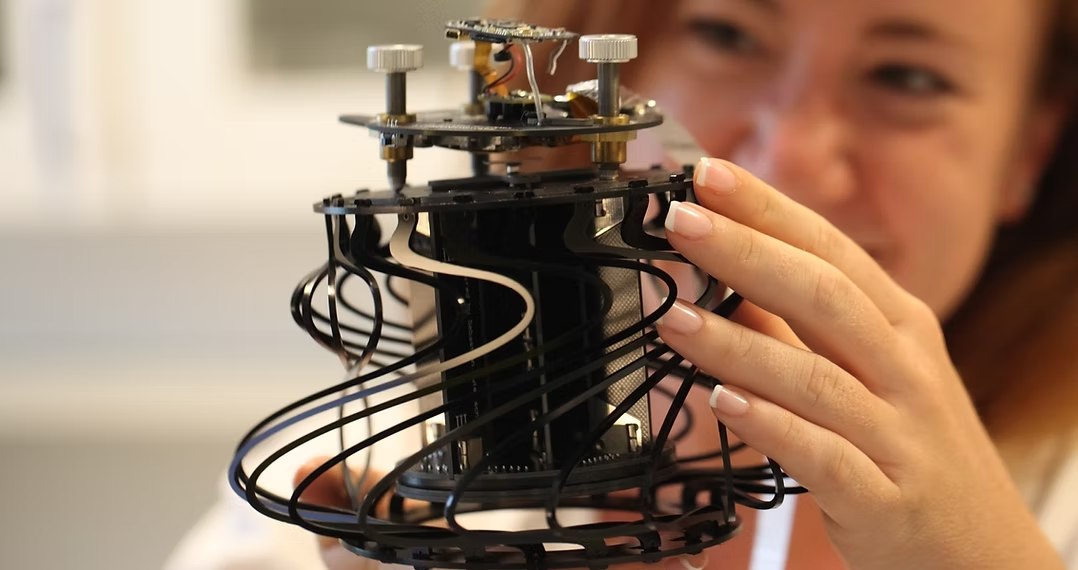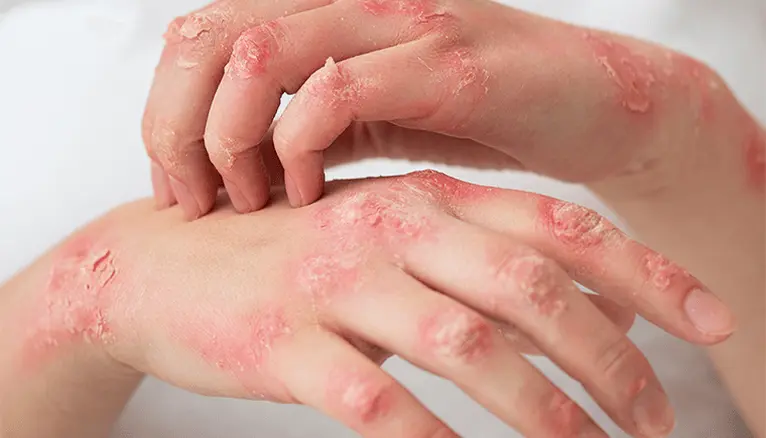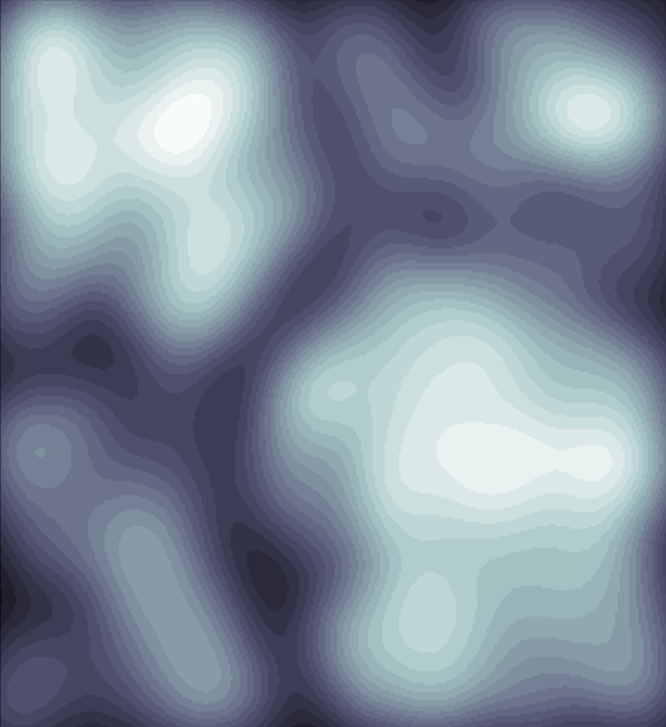Research & Development
At Loretta, research is at the heart of everything we do. Our technologies, directly derived from experimental research at the prestigious Technical University of Denmark (DTU), are constantly evolving to deliver the fastest, most precise, and most versatile service to our clients.
Our passionate research team dedicates its expertise to the development of our AI and our microscope, extracting ever more parameters with ever greater efficiency
Academic Investment
Since the early development of the Atomic Force Microscope in 2016, numerous institutions have supported this groundbreaking technology by funding or collaborating with the MIDAS lab and its research director, Associate Professor Edwin Hwu.
Loretta Technologies
Thanks to our world-unique technologies, we can offer ultrafast and ultra-precise skin nanotexture analysis. Discover the innovations behind our service.
Our Research Projects
The Loretta team is committed to continuously advancing our technologies through numerous internal research projects: in-depth analysis of different body areas, testing experimental actives, comparisons with other testing methods, development of a hair database… and many more projects that remain confidential for now.
In line with our mission of inclusivity and accessibility in skin analysis services, we are committed to studying diverse skin: every skin tone, every age, tattooed or not.
If you’d like to contribute with your own research projects — in cosmetics, dermatology, or any other field — feel free to contact our experts.
Scientific Advisory Board
Dr. Chia-Yu Chu
Dermatologist, Taiwan
Dr. Chia-Yu Chu is a Professor of Dermatology at the National Taiwan University College of Medicine and President of the Taiwan Dermatological Association (TDA). A leading expert in immunology and allergology, he has published extensively on atopic dermatitis, drug eruptions, autoimmune blistering diseases, and urticaria, with over 190 articles and 14 book chapters to his name.
Dr. Jacob Thyssen
Dermatologist, Denmark
Dr. Jacob Thyssen is Chief Scientific Officer at LEO Pharma, where he leads innovation strategies to meet unmet needs in dermatology and develop groundbreaking treatments for skin diseases. A former professor at the University of Denmark with over 20 years of clinical experience and more than 700 peer-reviewed publications, he combines scientific expertise, business acumen, and a deep passion for improving patient care.
Dr. Sanja Kezic
Dermatologist, Netherlands
Dr. Sanja Kezic is a senior principal investigator at the Academic Medical Center (AMC) in Amsterdam. With a strong background in toxicology and dermatotoxicology, she brings both research and project management skills to advance innovations in skin health and occupational safety.
The Research Team
Loretta’s Chief Scientific and Technology Officers lead the development of our hardware and software, originally designed as medical dermatological tools at the Technical University of Denmark.
Today, we bring this innovation to the cosmetic world, while continuing development in skin health research.
Do You Have a Research Project?
Whether you’re part of a university research group or an R&D department in a private company, we invite you to meet with our experts to explore partnership opportunities with Loretta. Our team is at your service for any experimental needs related to cellular nanotexture analysis.
